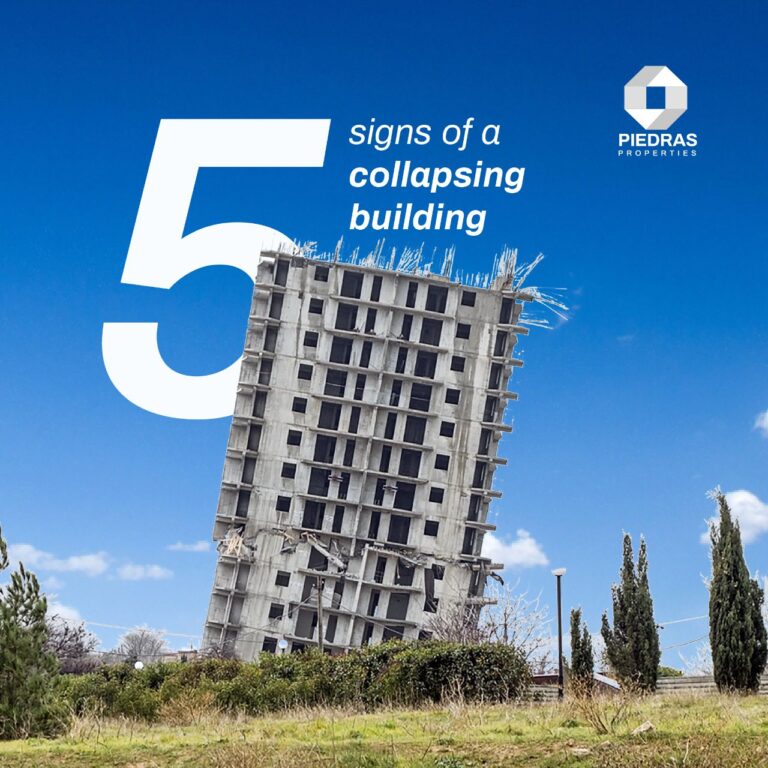Real estate flipping is a fast-rising and becoming a more popular form of real estate investment
If you love getting into the feel of things and having a taste of the action, and you are interested in real estate investment then real estate flipping gives you the feel of the action. Get into the sweaty and little dirty work of taking an old worn-out house or apartment and then work on it until it feels and looks new.
It is a daunting task but one that gives much satisfaction all around, especially as you get to sell at a higher price and get more profits. If you are reading this and know little or nothing about House flipping, then check out our post house flipping introduction.
For those who love house flipping, here are seven risks you should know about and avoid getting into. Taking note of these will reduce your losses and maximize your potential for success
1. Make Sure you have a qualified Professional look at the building before making payments. If you know little or nothing about house flipping and the kind of work involved in it, then it is advisable that you get yourself a professional to inspect the property and see what needs to be done and what cannot be worked on. Having a professional look at it also helps you save extra costs on things you may not know about
2. Do not underestimate budget: it is better you over budget and has change remaining than to underestimate and run out of cash to work on the house. Even professionals make mistakes with this. This can mean the difference between a profit and loss in the sale of that property. Getting the right costing for fixing a house can help you follow through with the budget and make profits from it.
3. Do not overestimate your Abilities: another very popular mistake, especially with new flippers. Simply because you saw how easy it was to flip a house doesn’t mean you can do it that way by yourself. It costs more money to have someone come on in to fix your mistakes than the amount it would have cost to get a professional from the beginning. This does not stop you from learning how to do the work in order to save cost or be cost-effective. The trick is knowing where your skills and abilities end and where you need to get a professional to come in. Areas like plumbing, electrical works, and structural works a readvised to be left to the professionals, except you have experience or training in those fields.
4. Hold yourself Accountable for the time and budget spent: you become a boss when you are into real estate investing. While this is easier when you direct others to work, it is often hard when holding yourself accountable for time and money spent during the course of the project. Failing to hold yourself accountable can be a lot more costly in the long run of the project.
5. Do not lose your receipts: keep your receipts and bills safely. Reconcile your expenses daily. It will save you a lot down the road. Keep a record of how much spent and the number of things you get. The knowledge comes in handy in the next house flipping project you may get into. Road trips, fuel money, and transport fare are a part of the budget, do not forget to add them to your expense list, because few trips to the market and you will notice that your budget has started going down. Also, receipts are important to be kept safe in the case of a need to return the goods back to the store, storekeepers will not collect the goods without the receipt.
6. Avoid having many leads in the projects. Too many spoons spoil the soup. Having many leaders in this project. If you are the leader of the project, then ensure that too many people are not giving orders around. You may have one or two people ensuring certain areas work well, it is better than having 5-10 people giving our orders which in turn our to be contradictory. You may choose to schedule a meeting to discuss progress and methods and next steps. This saves a lot of energy on who to follow and who not to.
7. Avoid Poor Planning: This is often the difference between a successful house flipping and a failed one. Plan every step of the project in the order that makes sense. You shouldn’t be painting the walls and ceilings when you just tiled the floor, neither do you have to start plumbing work after painting the wall. So plan the sequence and order of activities for the house.
There are risks in every type of investment. Even though real estate is one of the safest investments in the world, it still has its risks.
Follow the advice given above and lower the chances of loss and risks. Whether this is your first house flipping or the fiftieth one, these warnings can save you a lot.
Have other risks that one should take note of? Leave us a comment In the comment box below.







